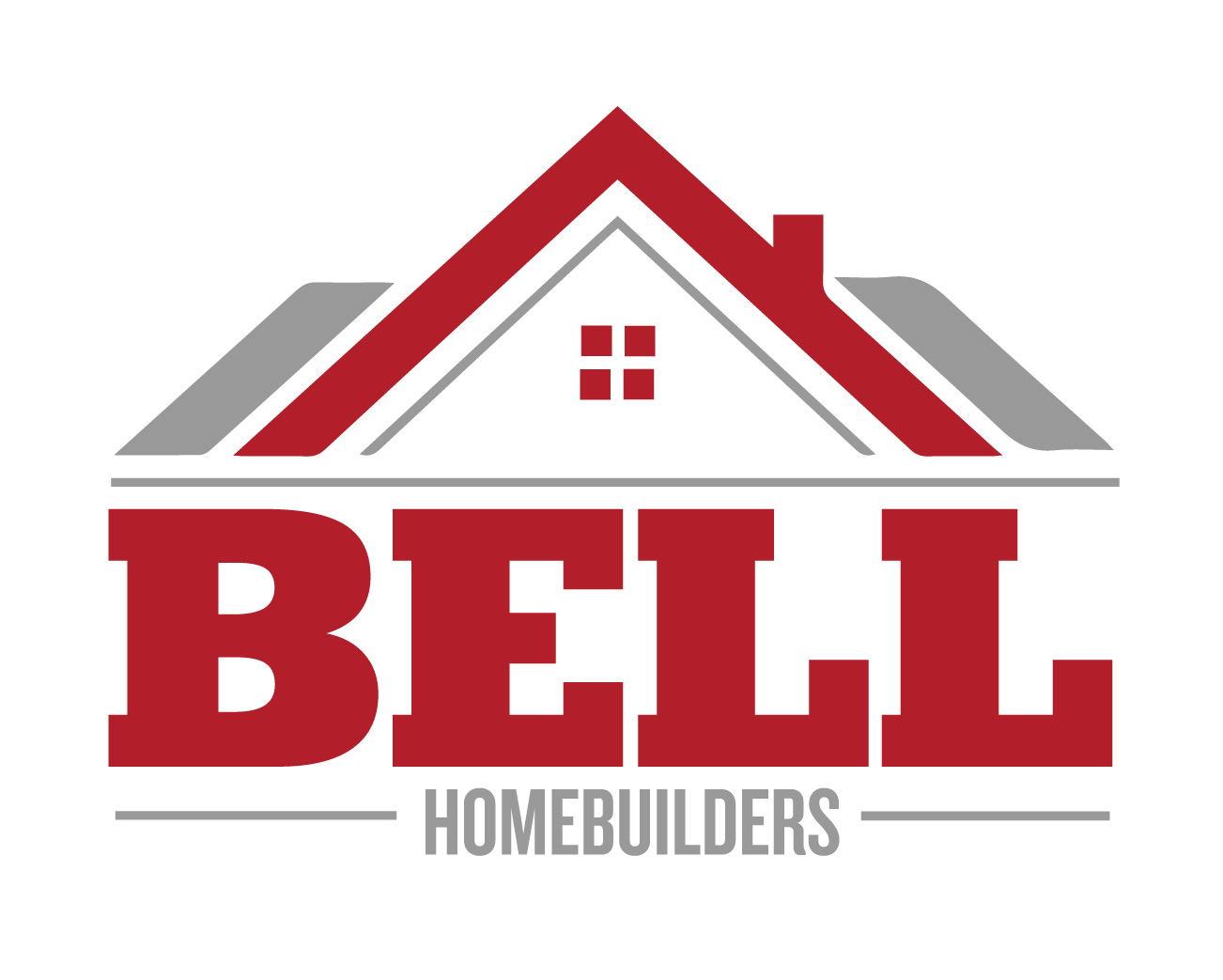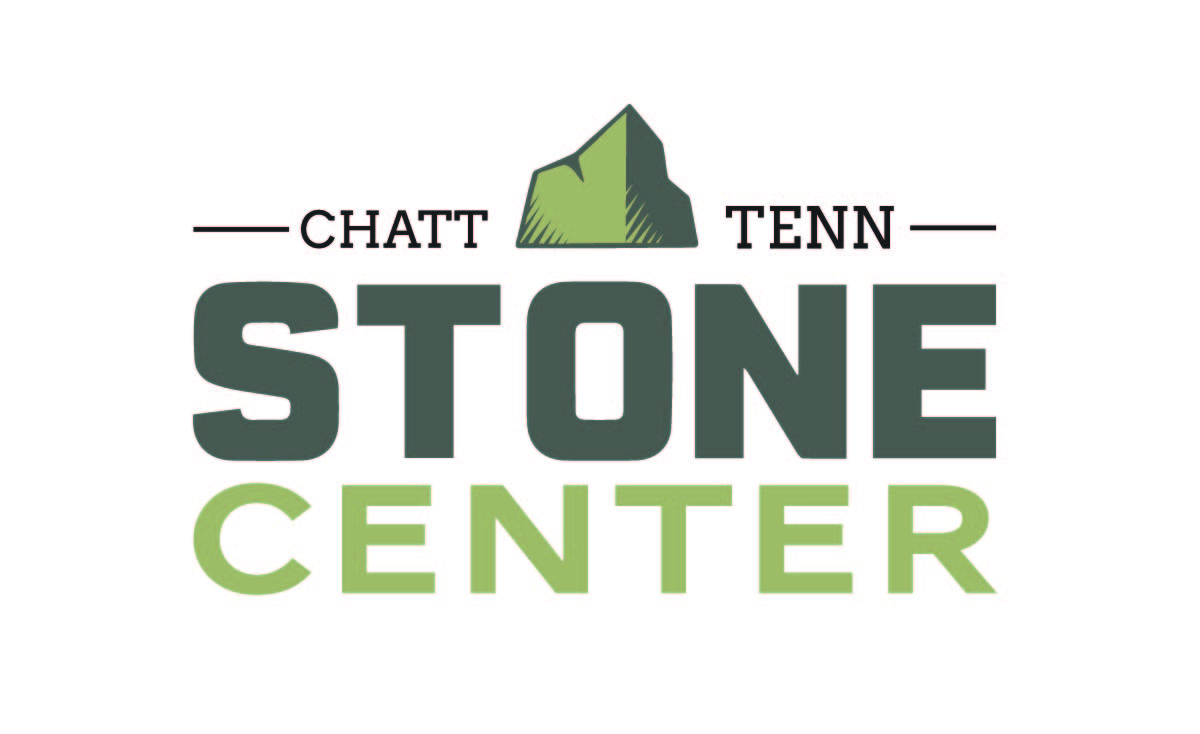
Local News and Information Archives for 2023-12
Tailored Havens: Crafting Homes for the Modern Pet-Owner Duo
.png/HBAGC_Blog_Graphics_(29)__382x320.png) The influence of pets on home buying decisions is more significant than ever. Recent data from the U.S. Census Bureau in 2021 reveals that nearly half of the 128.5 million occupied housing units (about 63.8 million) have at least one pet. The impact goes beyond just occupancy, with consumers spending a staggering $100 billion on pet-related expenses in 2021, surpassing expenditures in categories like women's clothing or alcoholic beverages, according to the U.S. Bureau of Labor Statistics Consumer Expenditure Surveys.
The influence of pets on home buying decisions is more significant than ever. Recent data from the U.S. Census Bureau in 2021 reveals that nearly half of the 128.5 million occupied housing units (about 63.8 million) have at least one pet. The impact goes beyond just occupancy, with consumers spending a staggering $100 billion on pet-related expenses in 2021, surpassing expenditures in categories like women's clothing or alcoholic beverages, according to the U.S. Bureau of Labor Statistics Consumer Expenditure Surveys.
In the realm of home buying, the National Association of Realtors' 2022 Profile of Home Buyers and Sellers found that 19% of homebuyers consider their pets when choosing a neighborhood. Factors like pet-friendly communities and amenities, such as proximity to vet services, dog parks, or pet-friendly businesses, significantly influence consumer decisions.
The preferences of pet owners extend to home features, playing a pivotal role in shaping their buying decisions:
Outdoor Functionality:
Homes with secure, fenced yards are a priority for pet owners, providing a safe space for their animals. Additionally, attractive landscaping, including well-maintained lawns or gardens, is an appealing feature for pet owners who will be spending more time outdoors with their furry friends.
Interior Layout & Design:
Durable, easy-to-clean flooring materials like hardwood, tile, or laminate are preferred. Homes with features like built-in pet beds and pet washing or feeding stations are attractive to pet owners. Mudrooms or side entrances that facilitate convenient pet care are also highly valued.
Neighborhood Amenities:
Homes near parks, walking trails, or pet-friendly greens are desirable for daily walks and exercise. Proximity to pet services like grooming salons, veterinary clinics, or pet supply stores is considered a plus.
Smart Home Technology:
Integration of smart home technology, including pet monitoring systems or automated pet doors, appeals to tech-savvy pet owners.
As pet ownership continues to rise, the demand for homes that cater to the unique needs of our furry friends is on the upswing. From fenced yards to pet-friendly interiors, the emphasis on creating a harmonious living space for both homeowners and their pets is reshaping the concept of an ideal home. The integration of pet-friendly features not only enhances the quality of life for homeowners but also opens new opportunities for builders to meet the diverse needs of today's homebuyers. For a full list of local professionals to add some of these pet-friendly design options to your home in the new year, visit the member directory on our website.
5 Tips to Improve Water Savings at Home
.png/HBAGC_Blog_Graphics_(28)__382x320.png) We all know water is an essential resource for daily living, however, many homeowners may not realize how much water they waste at home. There are a number of measures you can take to improve your water savings, and many of them are easy and affordable. Here are five tips you can follow to get started:
We all know water is an essential resource for daily living, however, many homeowners may not realize how much water they waste at home. There are a number of measures you can take to improve your water savings, and many of them are easy and affordable. Here are five tips you can follow to get started:
Install water-efficient fixtures and appliances. Low-flow showerheads and faucets, WaterSense-certified toilets, and high-efficiency dishwashers and washing machines can make a substantial difference in your home. These appliances can save you hundreds of gallons of water per year. Look for fixtures and appliances that have earned the EPA WaterSense label, these products are certified to use less water than standard models without sacrificing performance. According to the U.S. Department of Energy, a standard-sized certified dishwasher costs about $35 per year to run and can save an average of 3,870 gallons of water over its lifetime.
Fix any leaks. Even a small leak can waste a lot of water over time. Check your faucets, pipes, and toilets regularly for leaks, and fix them promptly. A single leaky faucet can waste up to 3,000 gallons of water yearly, and a leaky toilet can waste even more. You can check for leaks by inspecting your faucets, pipes, and toilets regularly. If you see any drips or signs of a leak, call a plumber as soon as possible.
Take shorter showers. Showers account for a sizable portion of indoor water use. If you shorten your showers by just a few minutes a day, it will compound over time, and you can save a lot of water and money.
Water your lawn and garden less often. Most lawns and gardens only need to be watered once or twice a week. Watering more often can be a waste of water and lead to runoff.
Collect rainwater. Rainwater can be used to water your lawn, wash your car, or even flush your toilet. There are several rainwater collection systems available, from simple barrels to more complex systems that can be integrated into your home's plumbing.
In addition to these tips, there are multiple new water technologies that can help you save water. For example, smart irrigation systems can adjust your watering schedule based on weather conditions and soil moisture levels. There are also smart leak detectors, which notify you about leaks early on before they cause damage. And lastly, atmospheric water generators are useful because they can produce water from the surrounding air, however they can be quite costly.
By following these tips, you can make a significant difference in your water consumption and help to conserve this precious resource. To find more tips to help you save on home improvements visit the Home Builders Association of Greater Chattanooga’s website at hbagc.net or visit nahb.org.
How to Reduce Your Home Winter Fuel Costs
.png/HBAGC_Blog_Graphics_(27)__382x320.png) It is that time of year when temperatures drop, and home heating bills go up. As a homeowner, you can reduce your winter fuel costs in several ways, ranging from simple, inexpensive changes to significant home modifications. Here are some straightforward tips to stay cozy, comfortable and keep your winter fuel costs down this winter.
It is that time of year when temperatures drop, and home heating bills go up. As a homeowner, you can reduce your winter fuel costs in several ways, ranging from simple, inexpensive changes to significant home modifications. Here are some straightforward tips to stay cozy, comfortable and keep your winter fuel costs down this winter.
Thermostat Settings
You should not have to wear your coat inside your home to lower your heating bills. During the winter months, experts recommend strategically adjusting your thermostat. You can adjust your thermostat manually or install a smart thermostat to do it automatically on your chosen schedule. Adjusting the thermostat to be as low and comfortable as possible when you are at home and awake can help save on home energy consumption.
According to the U.S. Department of Energy (DOE), it pays to think in eight-hour segments. You can save as much as 10 percent a year on your home heating and cooling costs by turning back your thermostat seven to 10 degrees from its standard setting for eight hours daily. Setting the temperature slightly lower when you are asleep or away from your home can also generate savings, so an extra blanket can help you save on your heating bill. Experts also recommend taking advantage of the heat from the sun during the day, which allows sunlight to heat your home naturally.
Reduce Air Leaks
One of the first steps to keeping your home warm is to not allow heat to escape the inside of your home. By sealing uncontrolled air leaks in your home, an average household can save 10%-20% on heating bills. Two easy ways to prevent air from leaking in your home are by using weatherstripping and caulking. Weatherstripping works best for movable components in your home, such as doors or windows. The best place to start is by checking your exterior door frames. Replace any weatherstripping that is deteriorated or cracked. If you have drafty windows, install tight-fitting, insulating drapes or shades.
Another way to reduce air leaks in your home is to seal cracks and gaps. It is best to use caulk, a flexible material that works best on non-moving surfaces. For example, caulk can help seal cracks in areas when window frames meet the house structure.
Beyond DIY
Hiring a professional energy auditor is the best way to pinpoint what will reduce your home’s overall energy consumption is to hire a professional energy auditor to evaluate your home and identify all the inefficiencies. Many energy companies offer a free home audit program that can also help you identify inefficiencies and lower your costs, such as EPB’s Home Energy Checkup.
In addition to showing where to tape, caulk and seal areas in your home, the audit may suggest improvements that require a significant investment and a professional to address. Adding insulation or upgrading to energy-efficient appliances and products such as new HVAC systems and high-performance windows will also help lower your heating bills.
To find local professionals to help lower your energy costs, visit the member directory right here on our website.
Archives:
2024-03 | 2024-02 | 2024-01 | 2023-12 | 2023-11 | 2023-10 | 2023-09 | 2023-08 | 2023-07 | 2023-06 | 2023-05 | 2023-04 | 2023-03 | 2023-02 | 2023-01 | 2022-12 | 2022-11 | 2022-10 | 2022-08 | 2022-07 | 2022-06 | 2021-09 | 2021-08 | 2021-07 | 2021-06 | 2021-05 | 2021-04 | 2021-03 | 2021-02 | 2021-01 | 2018-02 | 2018-01 | 2017-12 | 2017-11 | 2017-10 | 2017-07 | 2017-06 | 2017-05 | 2017-04 | 2017-03 | 2017-02 | 2016-10 | 2016-09 | 2016-06 | 2016-05 | 2016-04 | 2016-03 | 2016-02 | 2015-03





